Table of Contents
Toggle- What Is an Electrical Catastrophe?
- Common Causes of Industrial Electrical Disasters
- The Chain Reaction: From Small Fault to System Collapse
- How to Identify Risks Before They Become Catastrophes
- Building Resilience into Industrial Electrical Systems
- Emergency Planning: Responding to a Catastrophic Failure
- Prevention Framework: Proactive vs. Reactive
- Case Study: Anatomy of a Real Electrical Catastrophe
- Conclusion
You never forget the moment everything goes dark.
The hum of machines cuts off mid-process. Monitors black out. Alarms go silent. In the seconds that follow, you’re no longer managing a facility — you’re managing a crisis.
That’s what an electrical catastrophe feels like. Sudden. Expensive. Dangerous.
Whether you’re overseeing a manufacturing plant, managing a complex electrical installation, or juggling multiple projects with tight turnarounds, the risk is always there — buried deep in aging cables, loose connections, unbalanced loads, or a panel that hasn’t been opened in years.
And the scary part? These events don’t usually begin with a bang. They often start quietly — a missed inspection, a slightly warm breaker, a ground fault that no one notices until it becomes an inferno.
This isn’t just about power outages. It’s about industrial electrical disasters that cripple productivity, compromise safety, and cost millions in damages. From arc flashes that ignite entire rooms to cascading failures that shut down production lines for days, the threat is real — and rising.
But here’s the good news: most electrical catastrophes are preventable.
In this guide, we’ll break down:
- What actually qualifies as an electrical catastrophe (it’s more common than you think)
- The most overlooked causes of electrical system failure
- How to spot warning signs before disaster strikes
- What it takes to build a resilient, disaster-resistant electrical infrastructure
- Real-world case studies and practical prevention checklists you can start using today
Because keeping your operation running shouldn’t rely on luck — it should rely on a system built for safety, visibility, and control.
Let’s dig in.
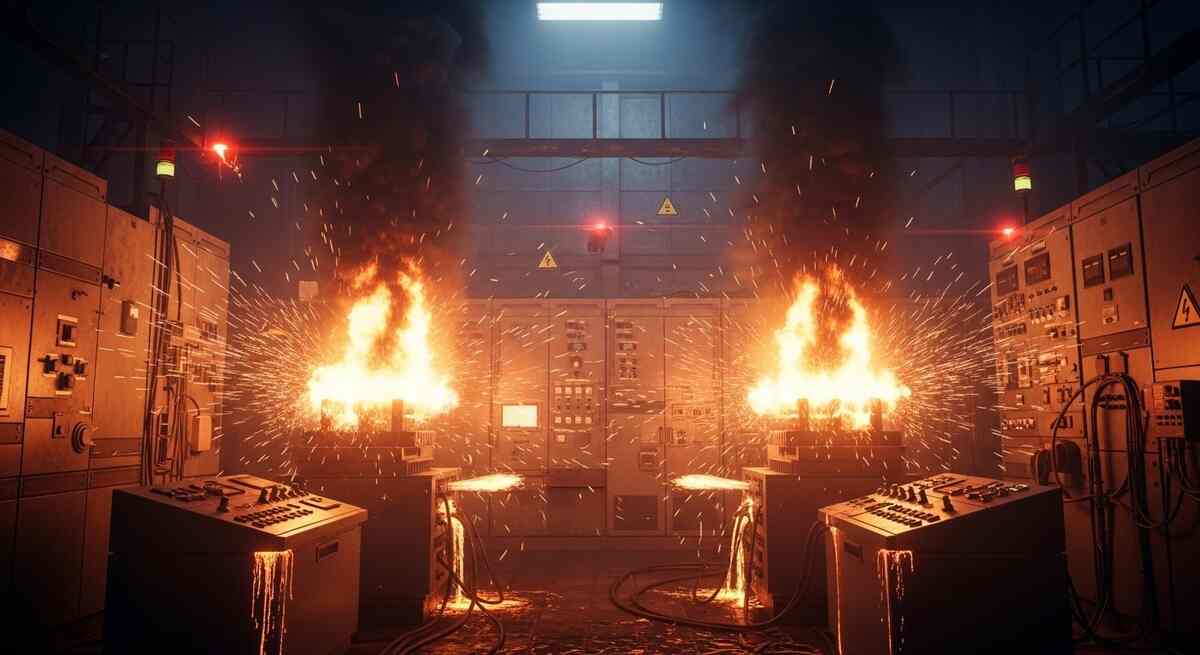
What Is an Electrical Catastrophe?
Not every electrical problem is a catastrophe.
A tripped breaker? Inconvenient.
A burned-out motor? Costly, but contained.
An arc flash that engulfs a control room and triggers a full evacuation? That’s a catastrophe.
An electrical catastrophe is a large-scale, sudden failure in an electrical system that causes widespread operational disruption, equipment loss, or physical danger. It’s the moment when the system doesn’t just fail — it breaks down in a way that spirals into bigger, more dangerous consequences.
Think of it like this:
If an electrical system failure is a single domino falling, an electrical catastrophe is when all the dominoes go down — and take the production line, HVAC, safety controls, and your entire schedule with them.
Real-World Examples of Industrial Electrical Disasters
- A substation fire that knocks out power to an entire industrial park for 72 hours
- An arc blast in a control panel that sends technicians to the ER and halts operations indefinitely
- Voltage spikes that destroy sensitive equipment, causing a facility-wide shutdown and tens of thousands in losses
- Overloaded panels triggering a cascading blackout across interconnected systems
These aren’t rare events. They’re happening in facilities every week — often due to small issues that go unnoticed for too long.
And in most cases? They could have been prevented with better design, smarter monitoring, and proactive maintenance.
In the next section, we’ll look at the most common causes of industrial electrical disasters — and the warning signs that most teams overlook until it’s too late.
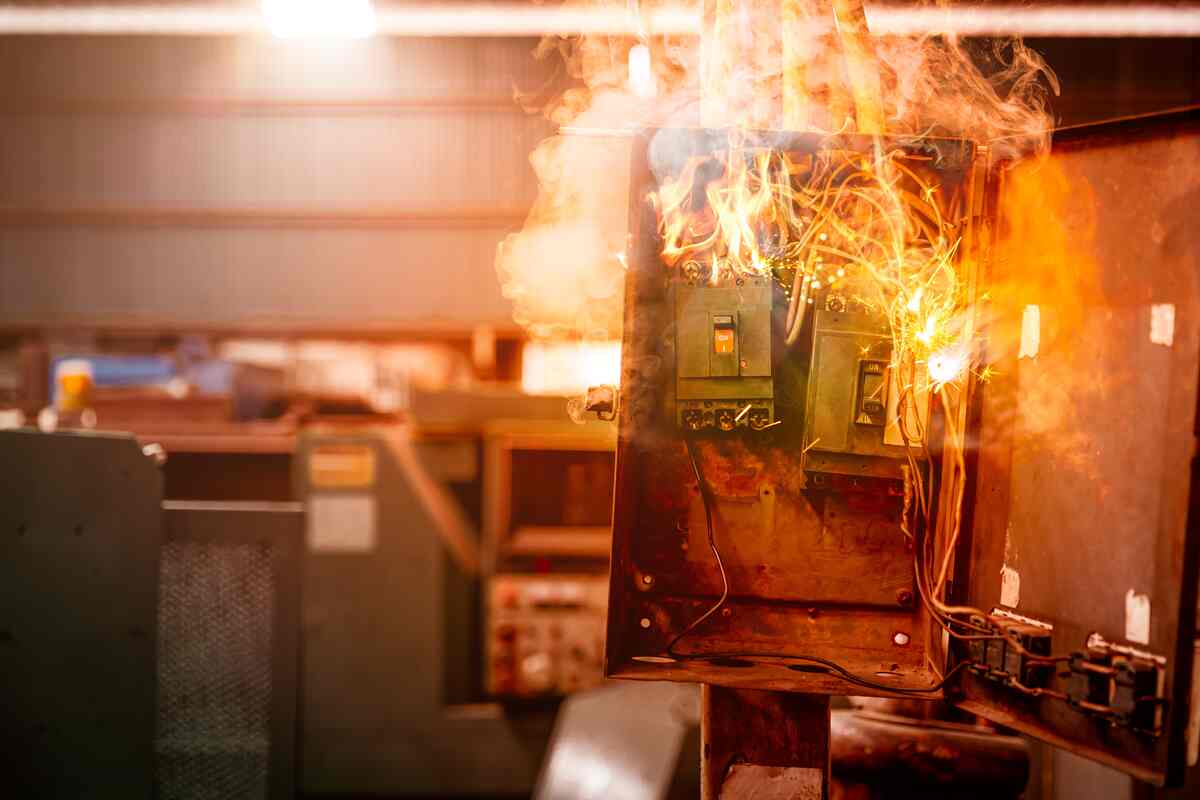
Common Causes of Industrial Electrical Disasters
Most electrical catastrophes don’t begin with a dramatic explosion.
They begin with something small — a warm panel, a missed torque spec, a component that’s 15 years past its prime.
The industrial environment is complex. Power systems are under constant stress from high loads, extreme temperatures, and demanding runtimes. Add tight project timelines or aging infrastructure into the mix, and you’ve got the perfect storm for a system-wide electrical failure.
Here are the most common causes of industrial electrical disasters:
1. Aging Infrastructure
Outdated breakers, corroded conductors, brittle insulation — older systems are a ticking time bomb. Components degrade over time, especially in high-humidity, high-dust, or high-vibration environments. Left unchecked, they quietly erode system integrity until failure becomes inevitable.
Risk: Insulation breakdown, arc flash, thermal runaway.
2. Loose Connections and Improper Terminations
A single loose lug can overheat under load, causing thermal damage, arcing, or even fire. These issues often develop slowly and invisibly — until something shorts out or melts down.
Risk: Electrical fire, voltage imbalance, downstream equipment failure.
3. Overloaded Circuits or Panels
When facilities expand without upgrading electrical systems, overloads become common. Panels are pushed beyond their design, conductors heat up, and the risk of cascading failure increases dramatically.
Risk: Breaker tripping, equipment loss, arc flash, blackouts.
4. Environmental Stress
Dust, moisture, corrosive vapors, or excessive heat all take a toll on electrical systems. Enclosures not rated for the environment, or poorly sealed conduits, accelerate wear and open the door to failure.
Risk: Short circuits, insulation failure, and unexpected shutdowns.
5. Arc Flash and Arc Blast
Arc flashes are among the most catastrophic electrical events. They can reach temperatures over 35,000°F — hotter than the surface of the sun. The blast force alone can send debris flying and rupture eardrums, let alone the thermal damage.
Risk: Injury, equipment destruction, legal liability, full facility shutdown.
6. Improper Maintenance or “Run-to-Fail” Culture
Waiting for something to break before fixing it? That’s not maintenance — it’s a gamble. Lack of scheduled inspections, skipped torque checks, or reliance on reactive repairs means minor issues turn into major disasters.
Risk: Zero warning before failure, no backup plan, high downtime cost.
7. Design or Installation Errors
Undersized wires. Wrong breaker types. Mislabeling. Poor load balancing. Even in new builds, simple mistakes can create complex vulnerabilities — ones that only show themselves when the system is stressed.
Risk: Hidden failure points, untraceable issues, and early degradation.
- Important Reminder: Most of these causes can be detected before disaster strikes. But only if you know what to look for — and make time to look.
In the next section, we’ll walk through how small failures snowball into catastrophic electrical system failures — and what your facility can do to stop the chain reaction.
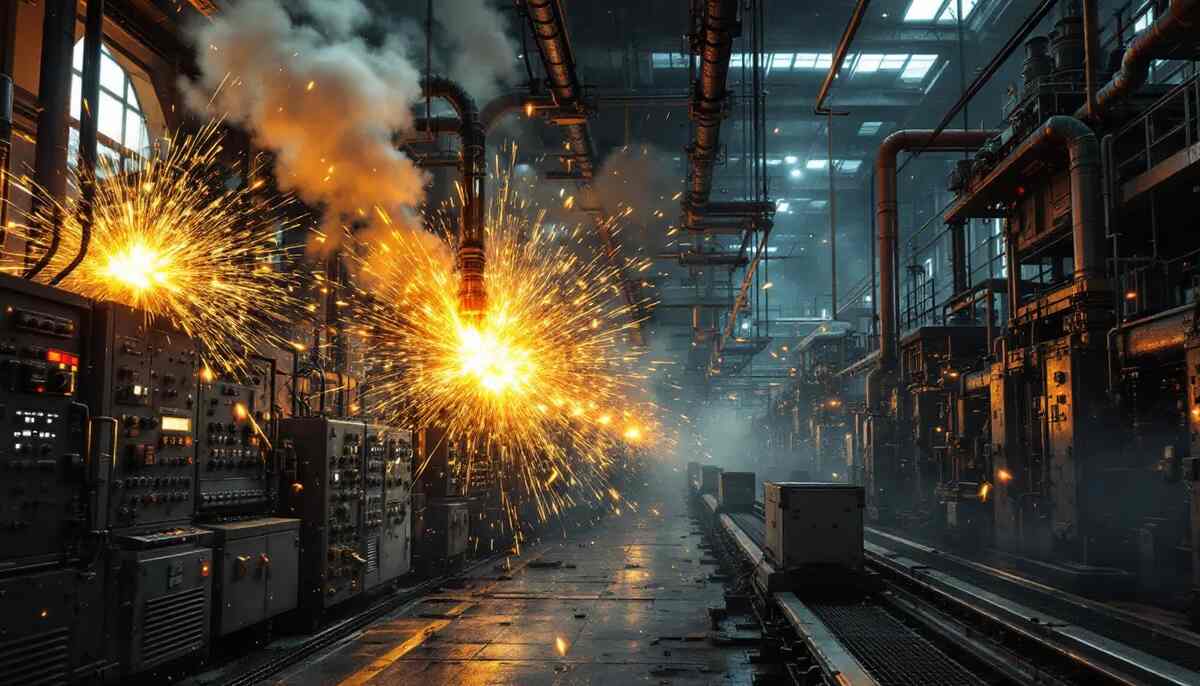
The Chain Reaction: From Small Fault to System Collapse
A loose wire doesn’t seem like a big deal — until it takes down an entire plant.
In industrial environments, electrical system failures rarely happen in a vacuum. Systems are deeply interconnected, so when one element goes down, it can trigger a domino effect that ripples through the entire operation.
This is how minor issues become electrical catastrophes.
How One Failure Becomes Many
Let’s say a breaker is undersized for a motor’s inrush current.
No one notices. It trips occasionally, but resets just fine.
Then, on a high-load day, it trips hard. The panel overheats.
Nearby insulation softens. Arcing begins.
Before you know it, you’ve got an arc flash, fried controls, halted lines, and a week of unplanned downtime.
All because of one incorrectly sized breaker.
Common Chain Reactions in Industrial Electrical Disasters
- A ground fault trips a breaker → the backup system fails to engage → the entire control system goes offline.
- An arc fault destroys a panel → disables cooling systems → equipment overheats → production halts.
- A single short in one leg of a 3-phase system → causes voltage imbalance → damages motors and VFDs downstream.
The bigger the system, the higher the stakes.
The more automated your operations, the more catastrophic the failure.
The Hidden Costs of a Systemic Failure
Electrical failures don’t just damage equipment — they damage your timeline, your budget, your reputation, and your team’s safety. Here’s what gets hit:
- Downtime: Hours or days of halted operations.
- Revenue loss: Missed deliveries, production gaps, contract penalties.
- Safety risk: Potential for injury, evacuations, or legal action.
- Brand damage: Especially if clients or regulators take notice.
- Repair costs: Equipment, overtime labor, cleanup, and investigations.
And worst of all, it usually could’ve been prevented.
- From Fault to Fallout: Most catastrophes start as invisible problems — the kind that aren’t on your radar until the lights go out.
Next, we’ll show you how to spot these risks before they spiral, using monitoring tools and warning signs that can buy you the one thing every electrical disaster steals: time.
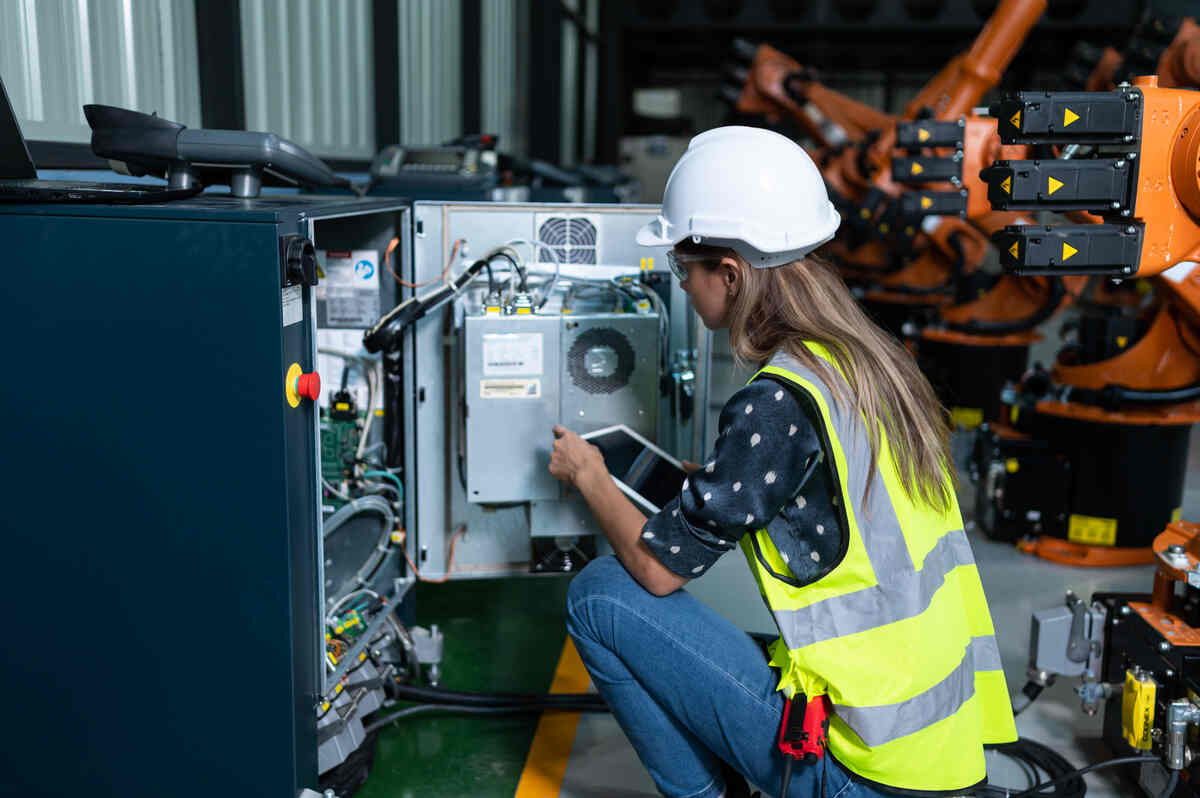
How to Identify Risks Before They Become Catastrophes
Electrical catastrophes rarely strike without warning.
The problem is, most teams don’t see — or don’t know how to look for — the signs.
In a complex facility, electrical system failures often begin with subtle clues: unexplained heat, nuisance tripping, slight vibration, or abnormal harmonics. These early symptoms can go undetected for months, even years — until the system gives out completely.
But with the right tools and attention, these warning signs can be caught early — giving you time to act before disaster strikes.
1. Infrared Thermography: Finding Hidden Heat
Loose connections and overloaded circuits generate heat long before they fail. Thermal imaging cameras can “see” this heat, allowing you to detect:
- Overheating breakers, fuses, or terminals
- Imbalanced load distribution
- Degrading insulation or failing contactors
Use it for: Routine thermal scans of panels, switchgear, and motor controls.
2. Power Quality Monitoring: Know Your Baseline
Voltage sags, harmonic distortion, and frequency shifts can silently degrade equipment over time. Power quality monitors help you spot:
- Abnormal voltage drops or surges
- Distorted waveforms
- Load imbalances across phases
Use it for: Baseline analysis and trend spotting in critical circuits.
3. Partial Discharge Detection: Catch Arc Faults Early
Before insulation fails completely, it often “leaks” small amounts of energy — partial discharges. These are early signs of:
- Imminent arc flash conditions
- Internal voids or defects in cable insulation
- Degradation in switchgear or transformers
Use it for: High-voltage equipment or aging infrastructure.
4. Smart Sensors + Predictive Analytics
Today’s industrial systems can be fitted with sensors that feed real-time data into AI models — helping you predict failure before it happens.
- Vibration sensors on motors
- Load sensors on feeders
- Condition-based triggers for alerts and shutdowns
Use it for: Asset-specific risk detection and automated response.
5. Visual + Routine Inspections Still Matter
Don’t underestimate the power of a trained eye. Many catastrophic failures stem from things that could’ve been caught by:
- A quick panel inspection
- Torque check on terminals
- Verifying labeling and panel documentation
- Checking for dust, rust, water intrusion, or discoloration
Use it for: Monthly checklists and walk-throughs.
- Pro Tip: Keep a digital logbook of every inspection, scan, and event. Patterns emerge — and patterns tell stories.
Next, we’ll show you how to build resilience into your power systems so these risks don’t just get detected — they get designed out.
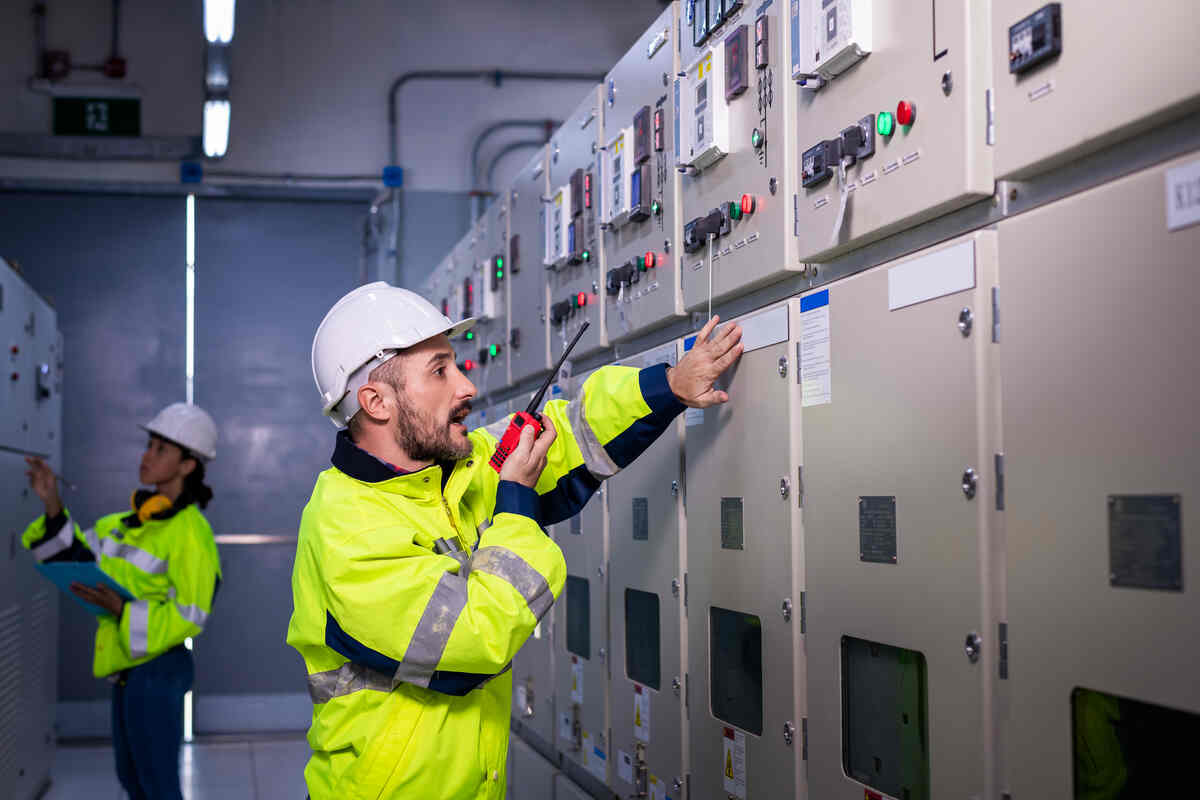
Building Resilience into Industrial Electrical Systems
Prevention doesn’t start with better response — it starts with better design.
The most reliable industrial facilities aren’t the ones that react fastest. They’re the ones that rarely need to react at all. Why? Because their systems are built with resilience in mind: multiple layers of protection, high-quality components, and the flexibility to absorb failure without collapsing.
In this section, we’ll cover how to move from reactive firefighting to resilient engineering — so your facility is ready for whatever comes next.
1. Design with Redundancy
When one system goes down, another should pick up the slack. Redundancy is the backbone of resilience.
- Dual feeds or ATS (Automatic Transfer Switches)
- Parallel breakers for critical loads
- UPS (Uninterruptible Power Supply) for control systems
- Backup generators with automatic startup
Why it matters: Redundancy prevents small failures from spiraling into electrical catastrophes.
2. Surge and Overload Protection
Voltage spikes can destroy sensitive electronics in milliseconds. Proper surge protection — at the service entrance and at the panel level — absorbs these spikes before they reach your assets.
- SPD (Surge Protection Devices) for main panels
- Overload protection relays for motors
- Proper breaker sizing and curve coordination
Why it matters: Overloads and transients are often precursors to system failure — or the final blow.
3. Environmental Hardening
A pristine system on the inside won’t survive a hostile environment on the outside. Choose enclosures and equipment rated for:
- Temperature extremes
- Dust or water ingress (NEMA 4X, IP65+)
- Corrosive atmospheres (food, chemical, marine)
- High-vibration or outdoor locations
Why it matters: Your system can’t be reliable if it’s constantly fighting its surroundings.
4. Upgrade Aging Components Proactively
Don’t wait for something to fail before replacing it. Instead:
- Track component age and expected lifespan
- Budget for staggered replacements
- Standardize components to streamline maintenance
Why it matters: The weakest link in your system is usually the oldest one.
5. Build In Safe Shutdown Paths
When failure happens, you need a safe way to power down — fast.
- Emergency stop circuits with interlocks
- Remote disconnection capabilities
- Isolation zones that contain damage
Why it matters: Catastrophes are often made worse when there’s no way to contain them.
6. Use High-Quality Components and Materials
Reliability isn’t cheap — but failure is much more expensive.
- Use UL-listed, industry-rated components
- Choose cables with higher thermal ratings
- Prioritize precision, not price, in critical systems
Why it matters: You’re not just buying a part. You’re buying uptime.
- Design tip: Build like failure is inevitable — and make sure your system can survive it.
Up next, we’ll look at how to respond when a catastrophe happens anyway — because resilience also means having a plan for the worst.
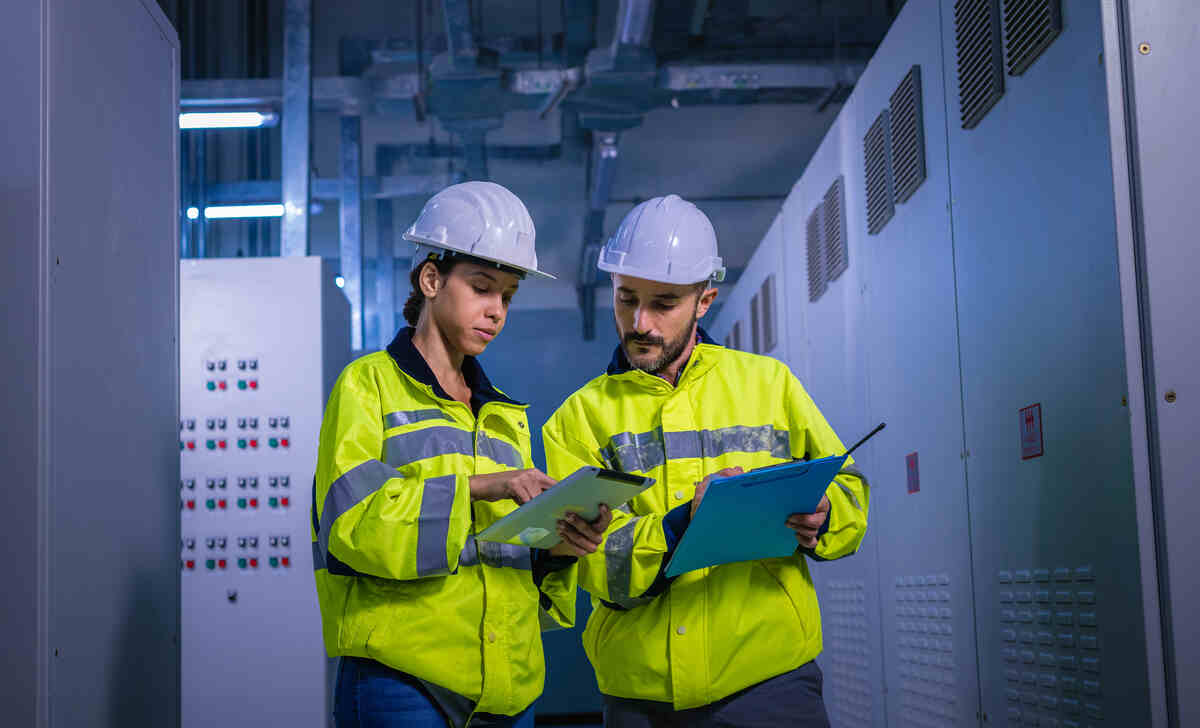
Emergency Planning: Responding to a Catastrophic Failure
Even the best-designed systems can go dark.
Whether it’s a transformer meltdown, arc flash incident, or cascading blackout, every industrial facility needs a plan for the moments after the power fails — because those moments determine everything that happens next.
Electrical catastrophes don’t wait for convenience. They strike during peak load, during shift changes, or when your best technician is offsite. That’s why preparation isn’t optional — it’s mission-critical.
1. Know the Plan Before You Need It
Every facility should have a written, practiced emergency response plan for electrical failures. It should include:
- Who’s in charge during a crisis
- Where the emergency shutoffs are located
- What systems must be protected first?
- When to evacuate vs. when to isolate
- How communication happens under duress
Tip: Post printed versions near panels and train every team — not just electricians.
2. Prioritize Human Safety First
No asset is more valuable than your people. In a true catastrophe, you need:
- Clearly marked egress routes
- Emergency lighting systems
- PPE ready and accessible (arc-rated suits, gloves, shields)
- Protocols for arc flash, shock, smoke, and fire scenarios
- AEDs and first-aid stations
Reminder: It’s not just OSHA compliance — it’s about saving lives.
3. Establish Emergency Communication Protocols
When power is down, cell service may be disrupted or staff may be disoriented. Establish a fail-proof method for:
- Contacting leadership and emergency responders
- Logging the incident for insurance and investigation
- Coordinating with vendors or utility companies
Tip: Walkie-talkies, backup radios, and analog backups still matter.
4. Initiate Rapid Damage Control
Once safety is secured, limit further damage by:
- Isolating the fault area
- Shutting down non-essential systems
- Engaging backup power if safe
- Assessing visual signs of fire, arc damage, or blown gear
- Starting root cause documentation immediately
Caution: Don’t energize systems until cleared by a qualified technician.
5. Document Everything for Recovery
In the aftermath, you’ll need to know:
- What failed — and how
- When it was last inspected
- What sequence of events unfolded
- What response actions were taken
- What were the financial and operational impacts?
This is where preparation shows. The more you document, the faster you recover — and the better you protect your business going forward.
- Pro Tip: Conduct an annual “disaster drill” just like fire drills. Walk through your electrical catastrophe plan, step by step.
Next, we’ll help your team shift from reactive recovery to proactive prevention, with a practical framework you can begin implementing today.
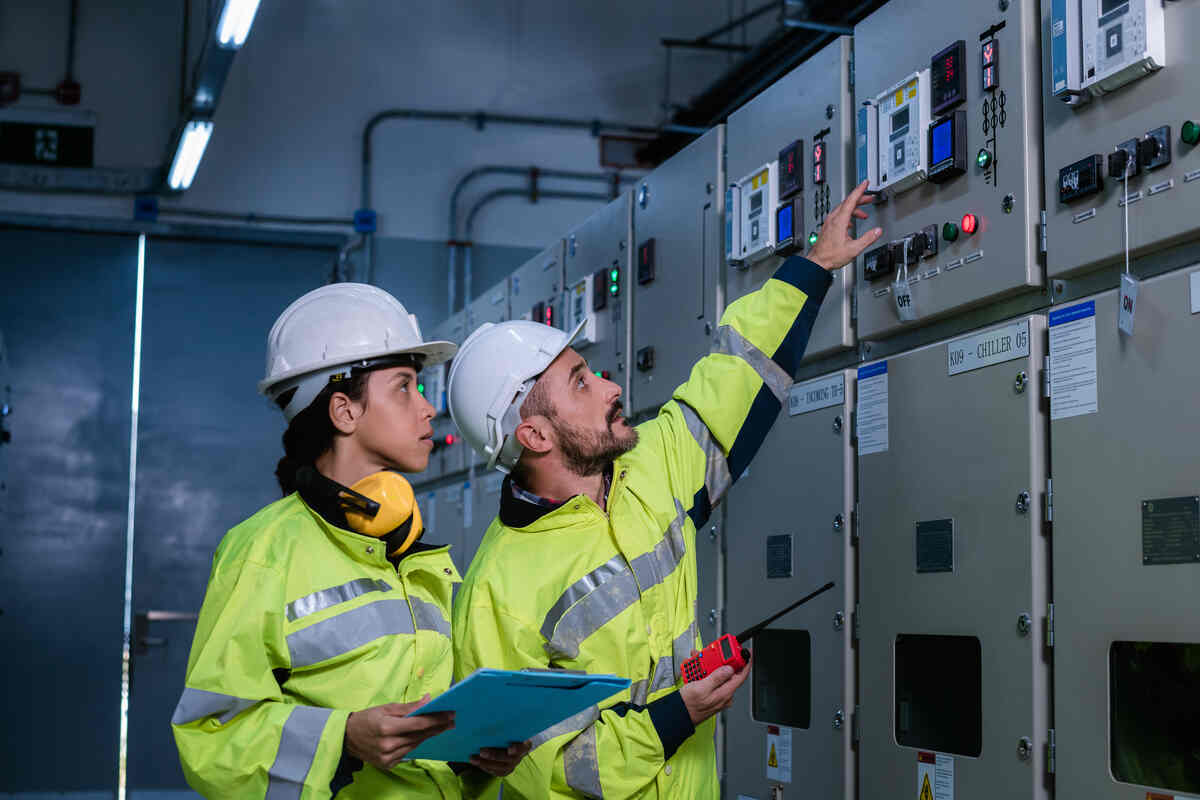
Prevention Framework: Proactive vs. Reactive
By the time you’re reacting, you’re already losing.
Whether it’s lost time, lost revenue, or lost safety margins, reactive maintenance costs more and delivers less. In contrast, proactive systems are built on routine, foresight, and preparation — not guesswork.
So how do you build a prevention framework that keeps you out of crisis mode?
Here’s a practical, scalable approach that works for industrial facilities of all sizes.
1. Establish a Routine Maintenance Calendar
Don’t leave inspections to chance or memory. Set fixed schedules for:
- Daily: Visual walk-throughs, panel temperature checks, breaker trips
- Weekly: Torque testing, equipment cleaning, moisture/humidity checks
- Monthly: Thermal scans, voltage readings, insulation checks
- Quarterly: Full panel inspections, power quality analysis
- Annually: Comprehensive audits, arc flash risk assessment, equipment replacements
Tip: Automate reminders through your CMMS or calendar tool.
2. Build a Culture of Electrical Safety
Equipment doesn’t fail in a vacuum — it fails in environments where risks are ignored.
Empower your team to:
- Report small anomalies without penalty
- Wear appropriate PPE for every job
- Stop work when something doesn’t look or sound right
- Ask questions and flag confusion without fear
What changes: Your facility shifts from reactive fire-fighting to proactive protection.
3. Standardize Documentation & Asset Tracking
If your team doesn’t know how old a breaker is — or who installed it — how can they predict when it will fail?
- Keep digital records of all installations, repairs, and inspections
- Track the age, warranty, and condition of every critical component
- Maintain an up-to-date electrical one-line diagram (essential during emergencies)
Bonus: Detailed records improve insurance claims and reduce downtime during audits.
4. Train and Retrain Continuously
Technology changes. Codes change. So should your team’s knowledge.
- Hold quarterly electrical safety refreshers
- Bring in outside trainers or system integrators annually
- Require certifications for those working on high-risk systems
- Use real incidents as learning moments
Goal: Make education part of the culture — not just compliance.
5. Align With Industry Standards
Proactive programs are often modeled after best-in-class standards like:
- NFPA 70E – Electrical Safety in the Workplace
- OSHA 1910 Subpart S – General Electrical Standards
- IEEE 1584 – Arc Flash Hazard Calculations
- IEC 60364 – International Electrical Installations
Tip: Use these as frameworks, even if you’re not legally required to comply with them. They set the bar for safety and reliability.
Bottom Line: If you’re doing less than this now, you’re not “just saving time” — you’re borrowing risk from the future.
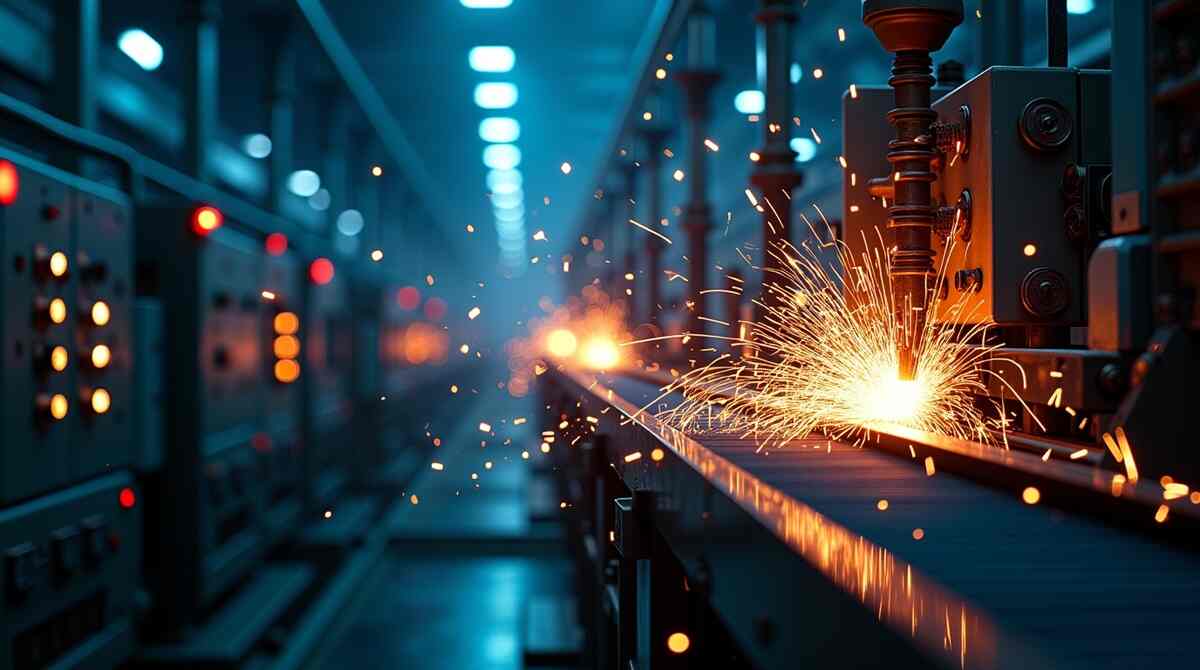
Case Study: Anatomy of a Real Electrical Catastrophe
Sometimes, the best way to understand what can go wrong is to see what did go wrong — and what should’ve been in place to stop it.
Here’s a real (and all-too-common) example of an industrial electrical disaster — broken down step by step.
The Facility
- Type: Mid-sized food processing plant
- Location: U.S. Midwest
- Power Demand: 4,000A 480V service, multiple VFDs, automated lines
- Critical Systems: Cold storage, conveyors, washdown equipment, SCADA
The Incident
On a summer morning, plant operators began reporting flickering lights and VFD trips on two of the conveyor lines. The control room showed slight voltage imbalance, but nothing outside spec. Production continued.
Thirty minutes later, a loud bang came from the main distribution panel. An arc blast ignited insulation, vaporized conductors, and set fire to adjacent equipment. The panel room filled with smoke, triggering an immediate evacuation.
What Went Wrong
An investigation revealed the following chain of failures:
- Loose termination on a 400A breaker began arcing intermittently.
- Over time, the arc degraded the insulation and increased heat at the connection point.
- The panel had not been scanned thermally in over a year.
- Environmental humidity and dust accelerated corrosion on bus bars.
- When the arc finally bridged phases, it triggered a massive fault — but the aging breaker failed to trip fast enough.
- Adjacent systems had no fire isolation or arc barriers.
The Damage
- $1.3M in equipment losses
- 7 days of full operational downtime
- 40+ workers temporarily reassigned
- Extensive smoke remediation and insurance involvement
- Long-term reputational impact with major grocery clients
What Could Have Prevented It
- Annual thermal scans would have shown hot spots on the breaker weeks earlier
- Routine torque checks would have revealed the loose connection
- Environmentally rated enclosures could have reduced corrosion
- Upgraded breakers would have tripped faster, limiting the blast
- Fire isolation measures could have contained the arc damage
The Real Lesson
This wasn’t a fluke. It was a slow-motion failure waiting to happen — one that could’ve been stopped by small, consistent actions.
And it’s a reminder that electrical catastrophes don’t just destroy systems — they disrupt lives, break trust, and cost businesses everything they’ve built.
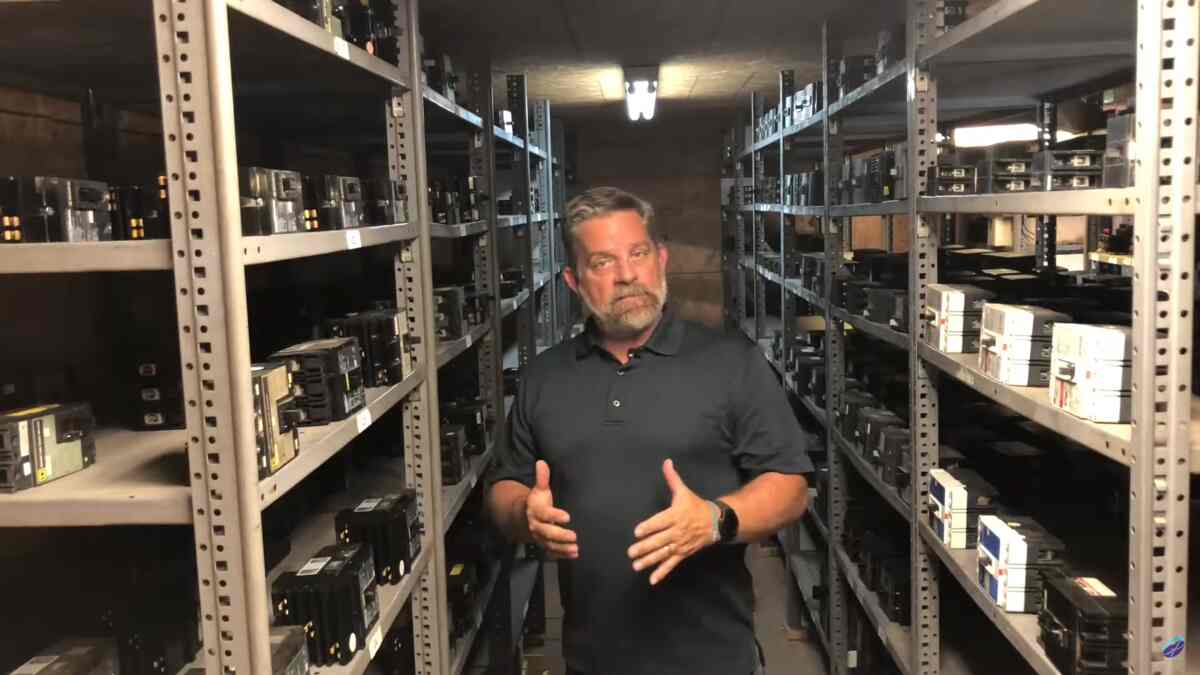
Conclusion
Electrical catastrophes are rarely the result of one massive mistake. More often, they’re the final link in a long chain of small, preventable failures. A loose lug. A missed inspection. A breaker that’s been pushed past its limits one too many times. And in industrial environments, where power keeps everything moving — from conveyors to control systems — even a momentary failure can cascade into costly downtime, safety hazards, and lasting reputational damage.
That’s why prevention isn’t a project. It’s a mindset.
Building a resilient electrical system starts with small, deliberate steps. Begin with a maintenance calendar that’s realistic and repeatable. Audit your panels and aging infrastructure. Add redundancy where you can. Train your team to notice the signs of stress — the warmth behind the panel door, the hum that wasn’t there yesterday, the breaker that keeps tripping and getting ignored.
But perhaps most importantly: don’t go it alone.
At Electrical Power and Control, we’ve spent more than 25 years helping industrial and commercial professionals build systems that don’t break under pressure. Whether you need a custom electrical enclosure built to survive your environment or hard-to-find electrical parts and components sourced fast, our team is here to help you minimize downtime and maximize safety. Call us today at 205-463-5260 to talk through your system’s needs. We don’t do guesswork. We do solutions that work.